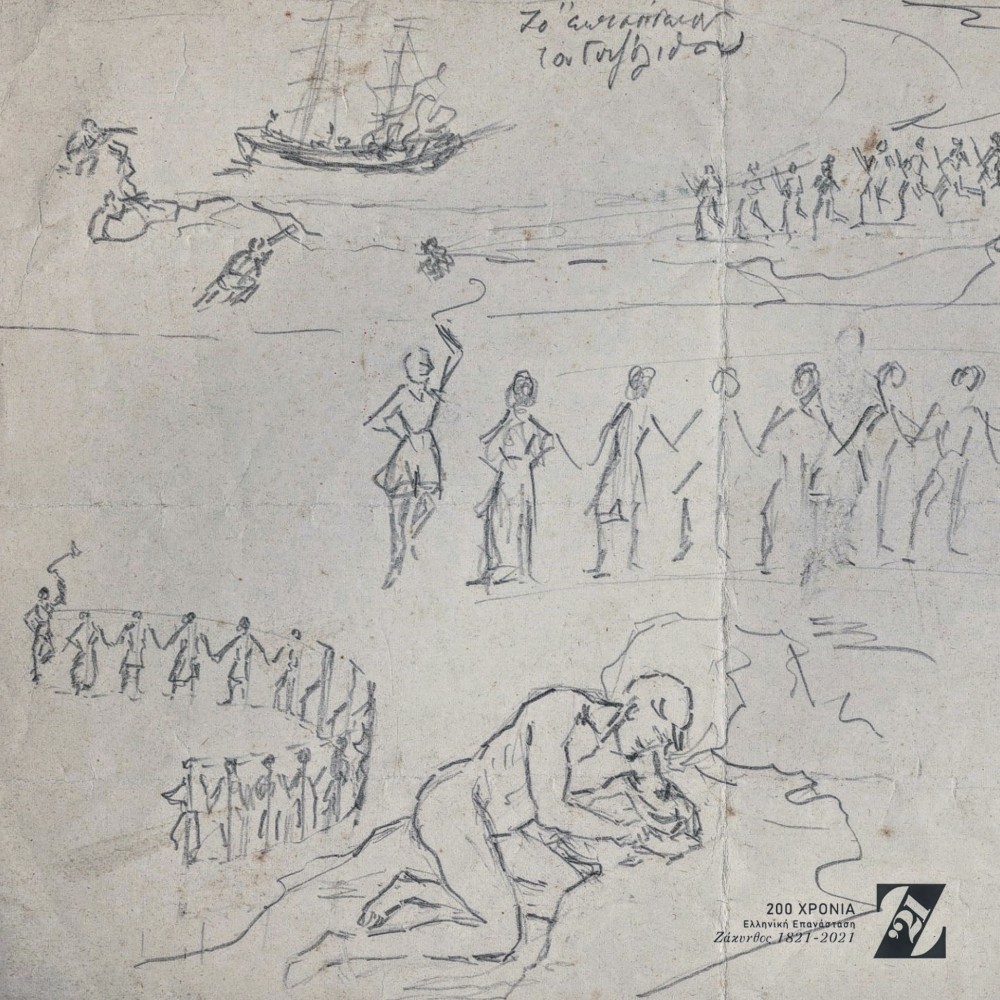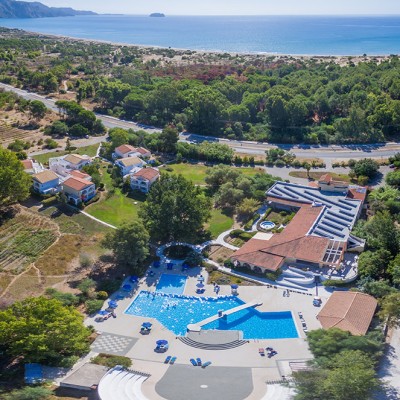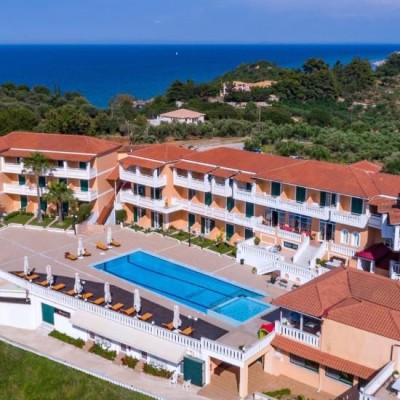EL
|
EN
|
IT

Loading...
Gypsolithos
History Place
South West Zakynthos
South West Zakynthos
The events in Gypsolithos: The area is also called Gypsolithos because the word "Ypsos" that means height, from which it takes its name, is usually called in Zakynthos "gypsos". A few months after the Revolution of 1821, the Turkish fleet, led by Kara Ali, found a safe base for its raids in Zakynthos. The Ionian Islands were occupied by the British, but the British were clearly hostile to the Greek revolutionaries and openly aided the Turks. On 12 October 1821 the Turkish fleet sailed, but Miaoulis was watching it closely. As soon as a ship moved a little away from the body of the Turkish fleet, two Greek ships, captained by Sachinis and Rafalias, cut it off and attacked it. A naval battle commenced very close to land, the Zakynthians having flooded the surrounding heights and watched it helplessly.
At every cannonade of the Greek ships they cheered, while cursing and gesticulating against the Turks. The superiority of the Greek sailors soon became apparent. The Turkish ship lost twenty of its sixty men and caught fire, so its captain decided to throw it ashore to find support from the English. The burning ship ran aground at Ypsolithos, next to the beach of Laganas. But as soon as it reached land, the irritated Zakynthians, who wholeheartedly supported the Greek cause, attacked the crew with fierce tempers. The English commander, accustomed to natives who had never shown any revolutionary tendencies, simply sent a military detachment of eighteen men and an officer to round up the Turks. The enraged Zakynthians, armed with whatever weapons they had in their homes, attacked them too, killing two and wounding an officer. A new detachment of fifty soldiers temporarily repelled the rioters, but in the evening they were attacked again by hundreds of Zakynthians, leaving more than ten dead. The British reacted with the ferocity they displayed towards rebellious colonies; the retaliation for all this was terrible. Martial law was declared not only in Zakynthos, but in all the Ionian Islands and arrests and interrogations began. Among those arrested, who were taken to the court martial and sentenced to death by hanging, was the young Yannis Klaydianos from the village of Fiolitis.
He was executed, as were four others, in the square of St. Nicholas of Molos and his body, after being wrapped in tar, was placed in an iron cage and taken to his place of origin, the village of Riza Fiolitis, and hung directly opposite his house on the hill of Agia Jerusalem. The other four were: Theodoros Pettas or Glaros, Dionysios Kontonis, Panagiotis Roumeliotis and Antonios Tzoukos or Grampsas.
This heinous event clearly shows the policy of the so-called "Protection" of the Ionian Islands and the suffering of its people that resulted from it.
Recommended




